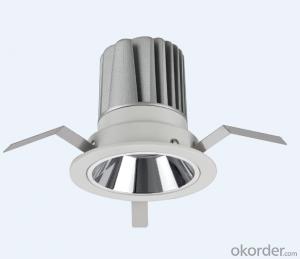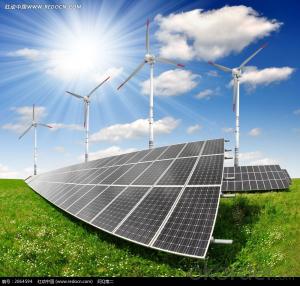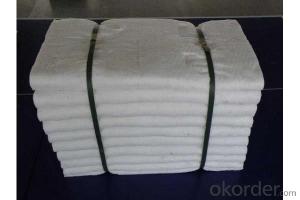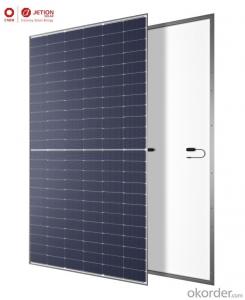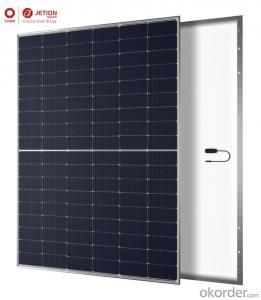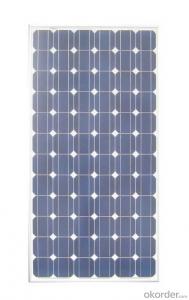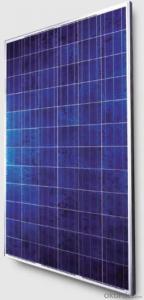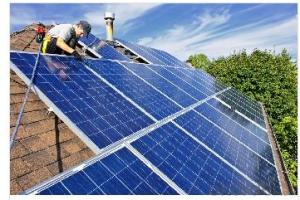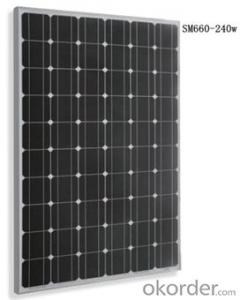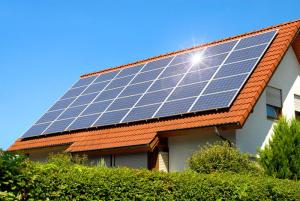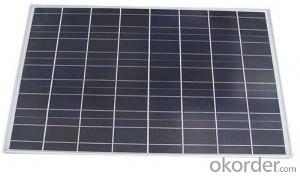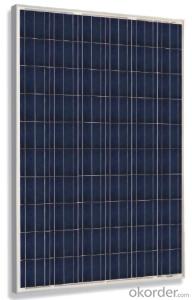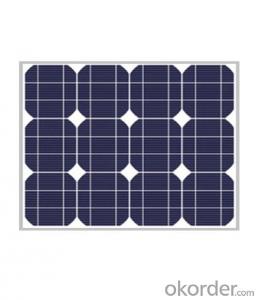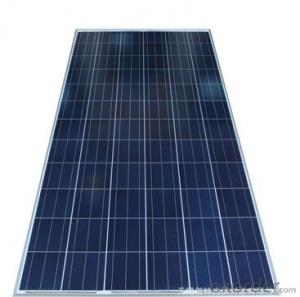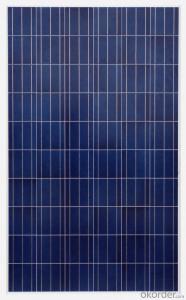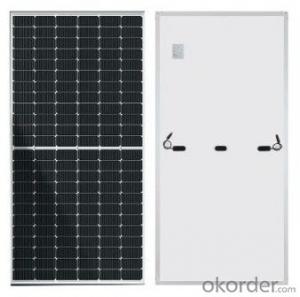Solar Module 410w
Solar Module 410w Related Searches
Bottom Solar Led Module Solar Light Module Solar Module Construction First Solar Series 6 Module Solar System Module Solar Power Management Module Solar Power Module Black Solar Module Bosch Solar Module C-Si M 60 Solar Battery Charger ModuleHot Searches
China Ac Module Solar Panel China Solar Ac Module China Solar Module Prices China Solar Module Solar Module China Ac Module Solar Panel Price Solar Inverter Panel Price Solar Panel Module Price Solar Module Wholesale Price Solar Module Price Per Watt First Solar Module Price Solar Module Price Increase Solar Module Price Solar Panel Inverter Size Solar Panel Module Size Solar Panel Inverter Suppliers Solar Panel Module Types Solar Inverter Solar Panel Tesla Solar Panel Inverter Solar Hot Water Collectors For SaleSolar Module 410w Supplier & Manufacturer from China
Okorder.com is a professional Solar Module 410w supplier & manufacturer, offers integrated one-stop services including real-time quoting and online cargo tracking. We are funded by CNBM Group, a Fortune 500 enterprise and the largest Solar Module 410w firm in China.Hot Products
FAQ
- The role of inverters in solar panel systems is to convert the direct current (DC) electricity generated by the solar panels into alternating current (AC) electricity that can be used to power homes and businesses. Inverters are essential components as they ensure the compatibility of solar power with the electrical grid and allow for the efficient utilization of solar energy.
- Yes, solar panels can be used in areas with high winds. However, it is important to ensure that the solar panels are properly installed and securely mounted to withstand the high wind conditions. Reinforced mounts and sturdy frames are typically used to anchor the panels securely in place. Additionally, frequent inspections and maintenance might be required to ensure the panels remain intact and functional in such environments.
- When people buy small solar panels, what are the steps to making it actually charge or run something.. I'm completely new to this of course and im curious. what kinda of wire and other devices are needed and how do you attach the wire and everything..
- Small solar panels produce almost no power that matters to anything. A whole square meter may produce 80 Watts when facing the noon sun in Arizona. take that down to 28 Watts in Erie Pa. The 80 Watts can charge a 2 volt battery at about 8 amps times 6 hours, or 48 Amp hours per day in Arizona or perhaps 5 amp hours/day in Erie. The amount of energy you can save declines as the battery is more charged so you need to use up the power stored before you have more to save. To do that charging you need a circuit that will carry 8 amps, including a voltage regulator. So, if your circuit can stand 20 amps the person in Arizona can run 2 square meters of panel. It may seem strange but the same is true for the person in Erie. The person in Erie has to allow for the maximum output of the panel, not the expected average. The person in Erie will occasionally have really clear skies and put out maximum rated amps. The amperage that the batteries can put out at maximum should not be used. That will destroy the battery. One puts a breaker on each output circuit to protect the circuit and a breaker that limits battery output to 20 amps based on a battery rated at 800 amps. That 800 amps is surge capacity. One or two panels does not really justify having this capacity for battery and circuitry. I can think of using it to provide an emergency LED lighting system.
- nan
- I'd presume they do. They seem flat enough to generate enough surface tension to function as a raft. Not sure if their weight would cause them to sink should the raft capsize though. For what it's worth, there are floating solar panels that are being tested for water-based solar energy plants. The cost per panel is the same as standard solar.
- Yes, solar panels can be used to power a data center. Solar panels convert sunlight into electricity, which can be used to power various devices and infrastructure, including data centers. By installing a sufficient number of solar panels and using energy storage systems, a data center can be powered entirely or partially by solar energy. This can help reduce reliance on traditional power sources, lower energy costs, and promote environmental sustainability. However, the feasibility and efficiency of using solar panels for powering a data center may depend on factors such as the location, size of the data center, and the availability of sunlight.
- The impact of roof orientation on solar panels' performance is significant. The orientation of the roof, specifically its tilt and direction, determines the amount of sunlight the panels receive throughout the day. Ideally, solar panels should face south and have a tilt angle equal to the latitude of the location for optimal performance. Deviations from this ideal orientation can result in reduced energy production. East-facing panels produce more electricity in the morning, while west-facing panels generate more in the afternoon. North-facing panels have the lowest performance as they receive the least amount of direct sunlight. Therefore, correct roof orientation is crucial to maximize the efficiency and output of solar panels.
- Solar panels can still be used in areas with high levels of shade, but their efficiency and energy production may be significantly reduced.
- Yes, solar panels can be used to power streetlights or outdoor lighting. Solar streetlights are becoming increasingly popular as they provide a sustainable and cost-effective solution for outdoor lighting. Solar panels capture sunlight and convert it into electricity, which can then be stored in batteries and used to power streetlights during the night. This not only reduces dependence on traditional energy sources but also helps to reduce carbon emissions and overall energy costs.



